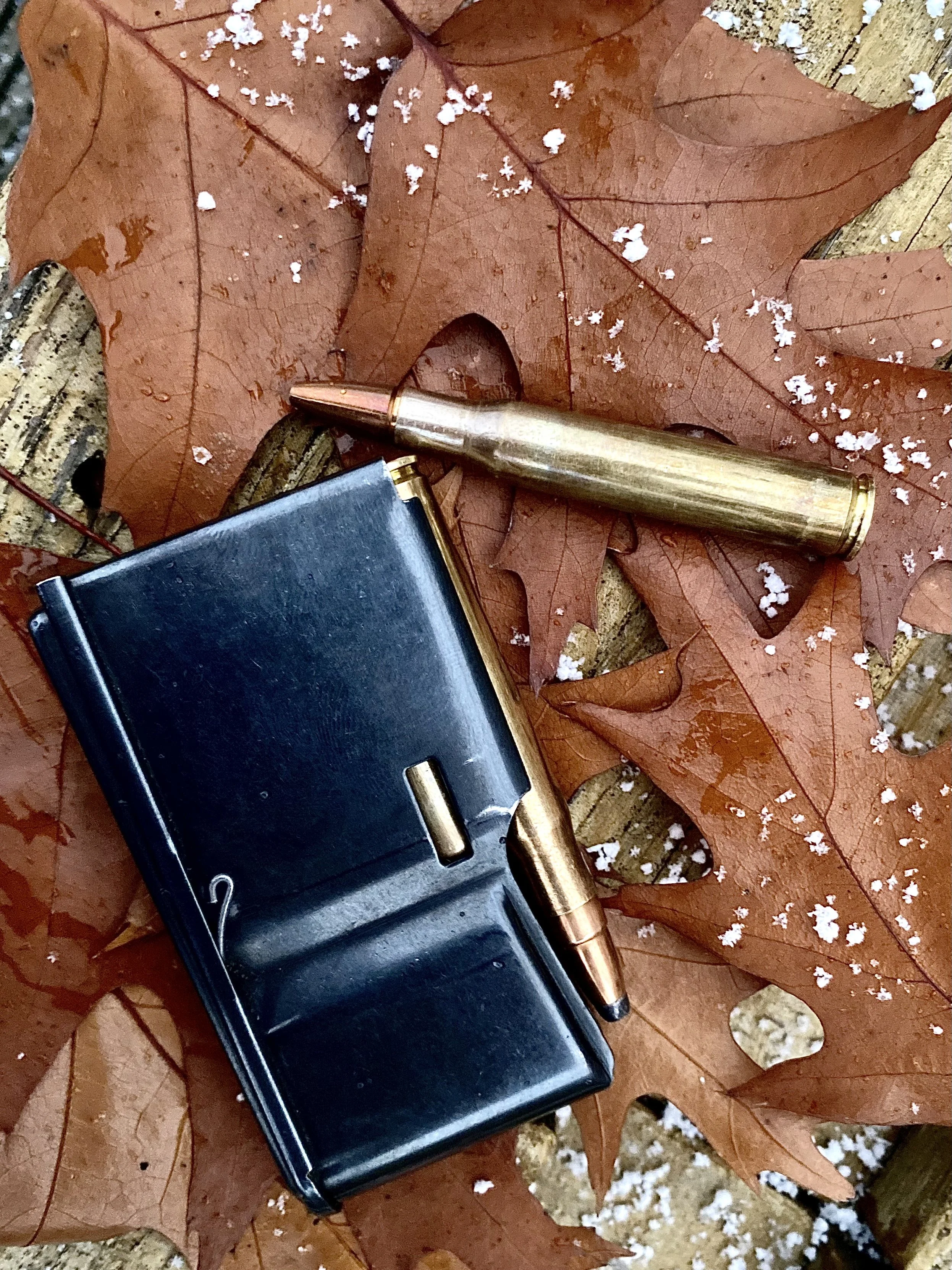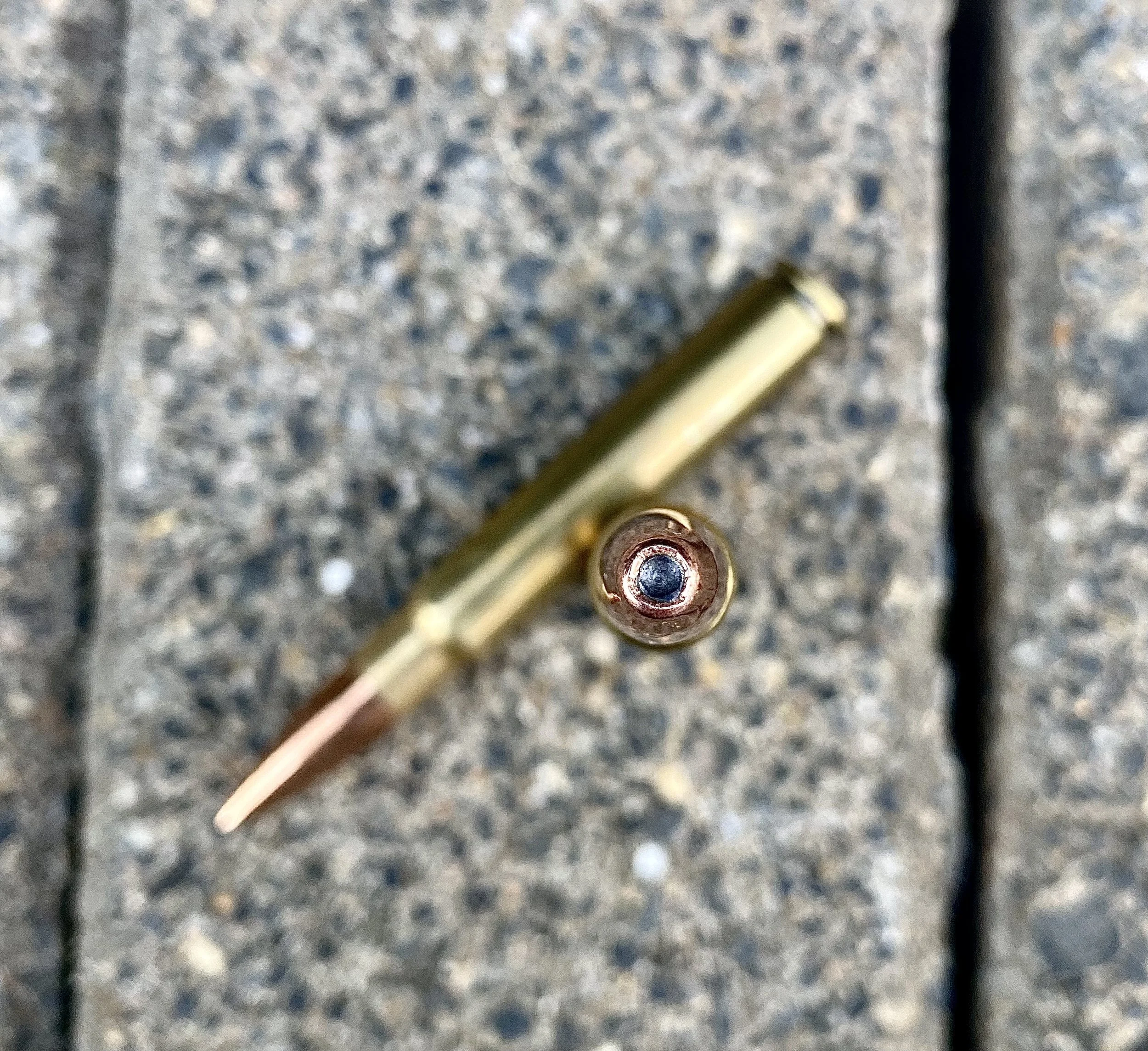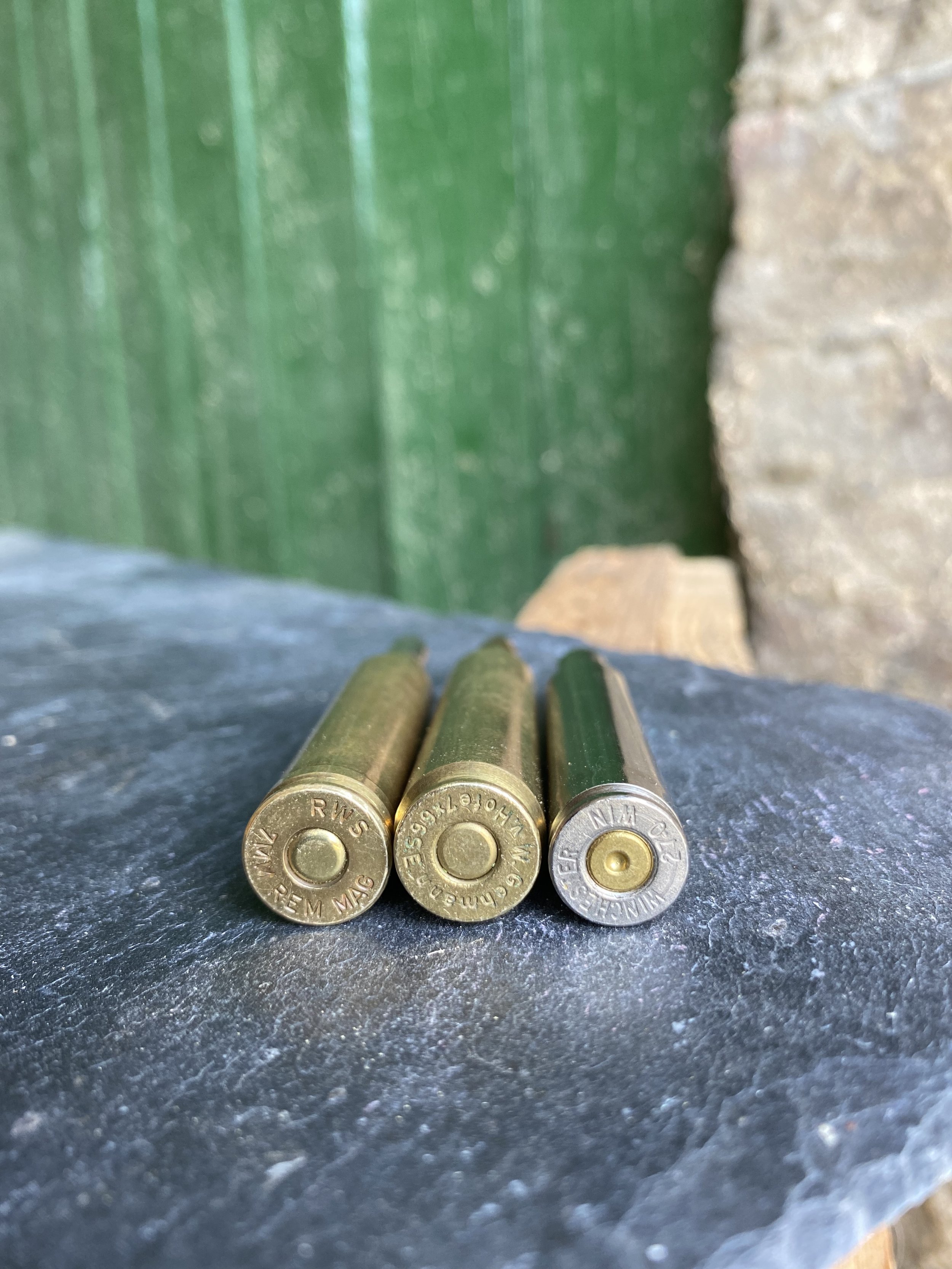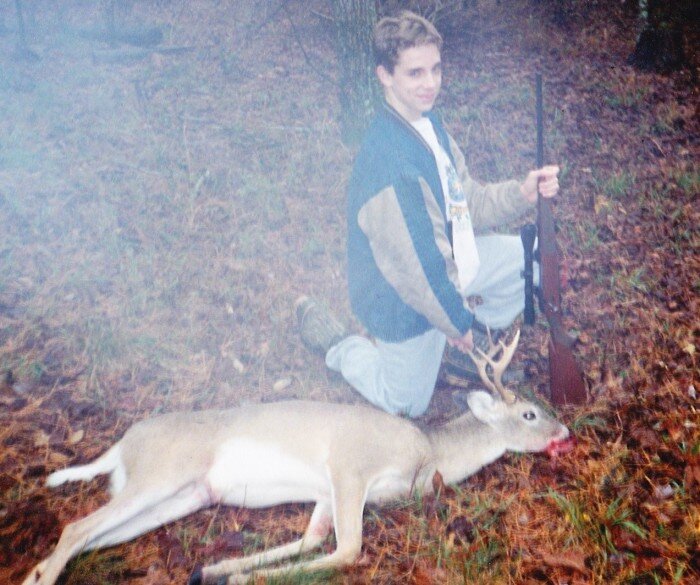Diamond Blade Knives Stay Sharp Longer
This Presentation Grade Pinnacle 1 skinning knife with Desert Ironwood handle and mosaic pins is as sharp as it looks -- and it stays that sharp.
A gorgeous Diamond Blade Summit fitted with what has to be a custom handle. I was too busy trying to do it photographic justice to ask what it was.
Pro Series Pinnacle II with Suregrip synthetic handle keeps the price of this nifty caping knife under $190. It sports the same Friction Forged steel as the pricier Diamond Blade models.
While packing for my recent fishing, duck hunting and moose hunting adventure with Alaskaexpedition.com, I intentionally left my hunting knives behind. What kind of boneheaded idea was that?A pretty good one because I was hunting with master guide Charles Allen, originator of Diamond Blade Knives. I figured he'd have a good selection of blades in camp. I wasn't disappointed. There were knives everywhere. I wasn't disappointed in the blades themselves, either. With some knives you spell "sharp" with a capital S. With Diamond Blade knives spell it SHARP -- and throw in a few descriptors like "razor," "wicked" and, Allen's favorite, "scary." Lightly touch the edge of a Diamond Blade knife and it scares you. But that's just the start of the story. Next comes the delightful part. Diamond Blade knives are delightful because they are easy to sharpen and stay sharp for so long. In university tests, their edges remained sharp longer than any other steel tested -- and they tested 12 other popular blade steels.Over the years I've prided myself on being able to hone a knife so it shaves my arm hair. Diamond Blades are the first knives I ever tested that shaved arm hair after skinning a bear.According to Allen, Diamond Blade knives are made via something called Friction Forged Technology. Here's an explanation from the Diamond Blade website:The Solution: FRICTION FORGED® TECHNOLOGYFriction Forging® is a direct offshoot of the advanced friction stir process technology developed to help further the space shuttle program and to join exotic, high strength materials not easily processed using conventional means. Friction Forging® is a localized forging process concentrated in the blade’s edge zone, using high pressure and frictional heat. Friction Forging® produces “nanosized” steel grain microstructures and, consequently, the finest cutting edge known to man. According to Allen, those nano-sized steel grain structures are smaller than 0.5 microns. I think that means you need an electron microscope to see them. The special forging process "freezes" chromium carbides into the ferrite "before it can be combined again with carbides." This reportedly creates a true stainless steel processed edge zone extremely resistant to corrosion, which is why it resists dulling so effectively. Seriously, I've skinned and quartered everything from big bears and buffalo to muskox, hogs and beavers with many, many knives over the years, and I've never seen one that remained as sharp as the Diamond Blades we used to skin my hunting partner's brown bear. Skinning finished, we shaved arm hair as easily as we had before we started.In addition to holding an edge like no other steel, Diamond Blade knives are variably tempered, if that's the right vernacular. A 1/2-inch wide zone along the edge has a HRc hardness value between 65 and 68. HRc of the steel just above that is in the mid 50s, and the back of the blade is a low HRc value of 45. This creates a slight resilience to resist breakage under extreme prying and wrenching, something you can't say for replaceable knife blades.I'm just beginning to research and work with Diamond Blade knives, but if they continue the way they started on Tom's bear, I'm going to be doing a lot more cutting and a lot less sharpening this fall.By the way, one of the reasons I'd never worked with these knives before was their cost. These are premium knives at premium prices. The Summit, a 3.75" drop point with stag handle, full tang and three mosaic pins commands a MSRP of $450. But this year they've come out with less expensive Pro Series Summit with a synthetic Suregrip handle with a MSRP of $220. Same steel, same edge. Other models are similarly priced with the Suregrip handles.If you like a knife that gets sharp and stays sharp, you might want to check out Diamond Blade Knives.# # #














